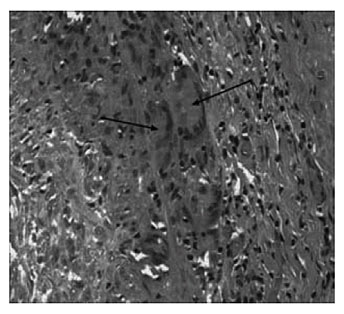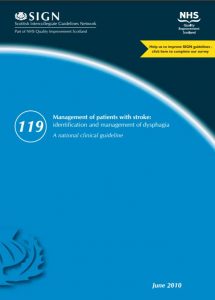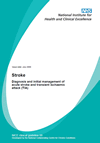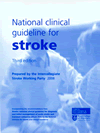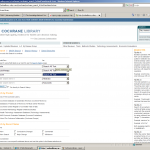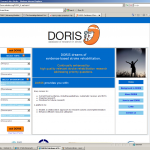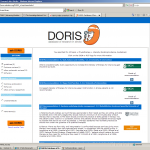Introduction
Giant cell arteritis:
- A disease which occurs in people over 50 yrs and more often much older – it is exceptionally rare in younger people
- Causes inflammation of medium sized arteries e.g. vertebral, carotid ophthalmic arteries – cause is unknown (see image below)
- May present suddenly with severe headache or stroke, or with a more chronic illness developing over weeks or even months
- Often affects the arteries in the head, particularly the temples, so can also be called Temporal Arteritis
- Inflammation may damage arteries causing them to block or clots form on damaged lining of the artery (intima) which can embolise to the brain or other organs
- Usually associated with a very high ESR – i.e. >60mm per hour
- It’s serious and needs urgent treatment
- Should be confirmed with a biopsy of an artery – most often the temporal artery – this can be done under local anaesthetic as a day case
- The biopsy will become uninformative within days of starting treatment so should be done early.
